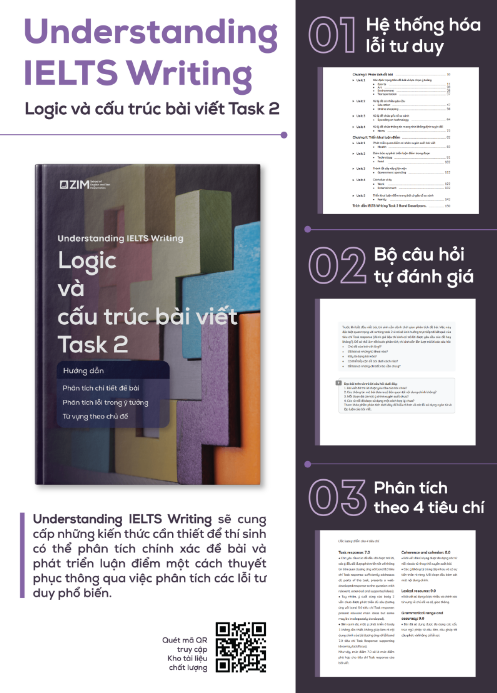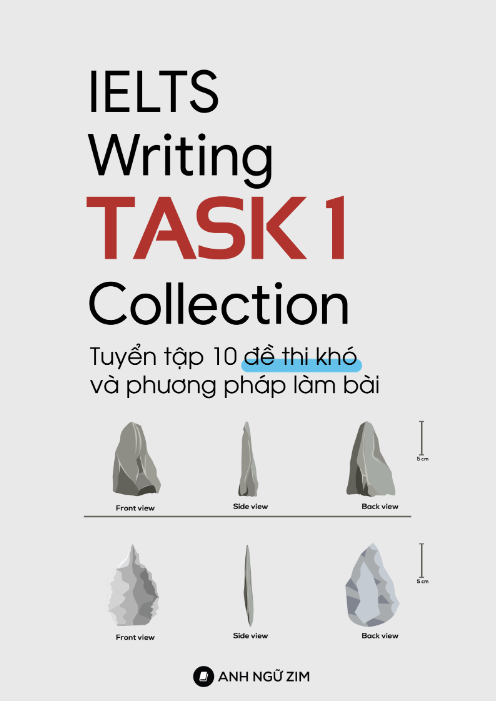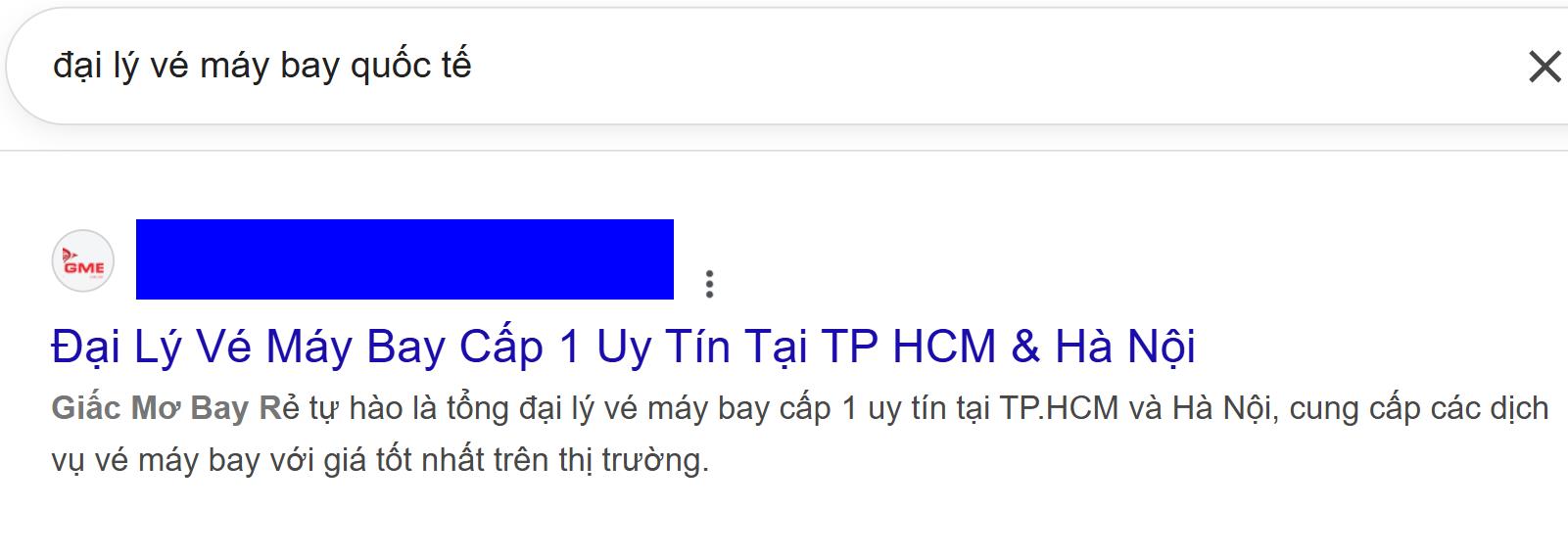


08/09/2018
Đề bài
The diagrams below give information about two road tunnels in two Australian cities.
Summarise the information by selecting and reporting the main features and make comparisons where relevant.
Phân tích tổng quan
- Dạng bài: Maps
- Đối tượng: Hai đường hầm giao thông ở hai thành phố khác nhau của Úc
- Đơn vị đo lường: Không có
- Thì sử dụng: Quá khứ đơn
Các khía cạnh cần chú ý khi báo cáo và so sánh:
- Quá trình xây dựng: thời gian, chi phí, môi trường xung quanh
- Thiết kế: kích thước, hình dạng, sức chứa phương tiện
Lời khuyên
Khi làm dạng sơ đồ, không nên miêu tả dàn trải hoặc quá chi tiết (ví dụ: số lượng xe, nhà ở…).
Hãy nhóm các chi tiết có điểm chung và tập trung vào nội dung trọng tâm, gồm:
- Quá trình thi công
- Kích thước và sức chứa của hai đường hầm
Dàn bài
Mở bài
- Giới thiệu nội dung chính của biểu đồ.
Tổng quan
- Nêu các đặc điểm nổi bật:
- Hai đường hầm khác nhau về chi phí, kích thước, độ dài, thời gian xây dựng và môi trường.
- Đường hầm thứ nhất tốn nhiều thời gian và chi phí hơn, nhưng nhỏ hơn và chứa ít xe hơn.
Ví dụ dữ liệu:
- Đường hầm 1: xây 1986–1998, chi phí $555 triệu, bao quanh bởi cát, cao 1,5m, dài 2,2 km, 4 làn xe.
- Đường hầm 2: xây 2002–2006, chi phí $1,1 tỷ, bao quanh bởi đá và đất sét, cao 2,5m, dài 3,6 km, 6 làn xe.
Thân bài
- Đoạn 1: So sánh quá trình xây dựng
- Đoạn 2: So sánh kích thước và sức chứa
Bài mẫu tham khảo
The given maps illustrate two different underground tunnel systems for cars in two Australian cities.
Overall, there are a number of differences between the two tunnel systems in terms of cost, size, length, time of construction, and surrounding environment. The first tunnel cost approximately half as much as the second tunnel to construct; however, it was significantly smaller in both length and vehicle capacity, and it also took much longer to build.
The first tunnel, which took twelve years to construct between 1986 and 1998, cost $555 million and was built underneath a body of water and sand. Meanwhile, the second tunnel only took four years to complete but cost twice as much, at $1.1 billion, and was constructed beneath a layer of stone and clay.
The size of the tunnels was also substantially different, with the first tunnel being 1.5 meters high and 2.2 km long, and the second tunnel being 2.5 meters high and 3.6 km long. The first tunnel system is four lanes wide, while the second tunnel system is six lanes wide.
(180 words)
Từ vựng lưu ý
| Từ vựng | Nghĩa |
|---|---|
| Surrounding environment | Môi trường xung quanh |
| Vehicle capacity | Sức chứa phương tiện |
| A body of water and sand | Một khối nước và cát |
| A layer of stone and clay | Một lớp đá và đất sét |
Cấu trúc câu cần ghi nhớ
- In terms of + N: về khía cạnh nào đó
There are differences in terms of cost and size. - S + V + (multiple number) + as much/many as + N: so sánh theo số lần
The first tunnel cost half as much as the second tunnel. - Meanwhile, … – dùng để nối hai mệnh đề đối lập có cùng chủ ngữ
Meanwhile, the second tunnel only took four years for completion but cost twice as much. - With + N + being + adj/participle: dùng phân từ để thay động từ chính
With the first tunnel being 1.5 meters high and 2.2 km long…
11/10/2018
Đề bài
The charts show fresh fruit exports in 2010.
Summarise the information by selecting and reporting the main features and make comparisons where relevant.
Phân tích tổng quan
- Dạng bài: Bar charts
- Đối tượng: Lượng trái cây xuất khẩu năm 2010
- Đơn vị: Nghìn tấn
- Thì: Quá khứ đơn
Các yếu tố cần so sánh:
- Khối lượng xuất khẩu của từng loại trái cây: cam, chanh, bưởi, các loại khác
- Khối lượng xuất khẩu theo từng quốc gia: Mỹ, Ai Cập, Nam Phi, Argentina, Mexico, Thổ Nhĩ Kỳ, Israel
Lời khuyên
- Các biểu đồ có đơn vị giống nhau (nghìn tấn) nhưng thang chia khác nhau, cần chú ý khi so sánh.
- Với bài có nhiều cột, chỉ chọn các đối tượng nổi bật để mô tả kỹ, không cần nêu tất cả.
Dàn bài
Mở bài
Giới thiệu nội dung chính.
→ Có thể paraphrase bằng: the quantity of fresh fruit exported / citrus fruit exports.
Tổng quan
- Cam là loại trái cây được xuất khẩu nhiều nhất, tiếp theo là chanh, bưởi, và các loại khác.
Thân bài
- Đoạn 1: So sánh xuất khẩu cam và chanh.
- Đoạn 2: So sánh xuất khẩu bưởi và các loại trái cây khác.
Bài mẫu tham khảo
The charts compare different types of citrus fruit exports from a number of countries in 2010.
Overall, oranges were by far the most exported fruit, followed by lemons and then grapefruits.
Orange exports were the highest, with South Africa exporting just over one million metric tons. Egypt and the US also exported large amounts, at 900,000 and 700,000 tons respectively.
Regarding lemons, Turkey was the leading exporter with 500,000 tons, followed by Mexico and Argentina at approximately 440,000 and 260,000 tons.
Grapefruits ranked third, with the US and South Africa both exporting around 230,000 tons, while Turkey exported roughly 50,000 tons less. As for other citrus fruits, Mexico was responsible for 450,000 tons, whereas the US and Israel contributed far less.
(155 words)
Từ vựng lưu ý
| Từ vựng | Nghĩa |
|---|---|
| Citrus fruit | Trái cây họ cam quýt |
| Exporter | Nước xuất khẩu |
| To make minimal contribution | Đóng góp rất ít |
Cấu trúc câu quan trọng
- By far the most … , followed by …
→ “Cho đến nay là nhiều nhất, theo sau là …”
Oranges were by far the fruit exported the most, followed by lemons and grapefruits. - The + (ordinal number) + most …
→ “Đứng thứ mấy từ trên xuống”
Grapefruits were the third most exported fruit.
02/03/2019
Đề bài
The illustration shows information about how an igloo is built from snow.
Summarise the information by selecting and reporting the main features and make comparisons where relevant.
Phân tích tổng quan
- Dạng bài: Process
- Đối tượng: Quy trình xây nhà tuyết (igloo)
- Thì sử dụng: Hiện tại đơn
Nội dung chính cần chú ý:
- Gồm 5 giai đoạn chính
- Các công cụ sử dụng và cách tạo hình
Dàn bài
- Mở bài: Giới thiệu quy trình
Paraphrase: how an igloo is built → the process used to construct an igloo - Tổng quan:
- Có 5 giai đoạn chính
- Bắt đầu bằng việc tìm nơi có tuyết dày và kết thúc bằng việc che lối vào
- Thân bài 1: Bước 1–3
- Thân bài 2: Bước 4–5
Bài mẫu tham khảo
The diagram illustrates the process that is used to build an igloo from snow.
There are five main stages in this process, starting with finding an area covered by hard-packed snow and culminating in covering the entrance hole with snow blocks.
As can be seen from the process, after a surface of hard-packed snow is found, a snow saw is used to cut large blocks of snow to the appropriate size to build the base. The edges of these blocks are then smoothed with the saw and arranged in a circle, with a hole dug under the wall to form an entrance. Next, a slightly oversized block is precisely shaped and placed on the top of the igloo.
In the following steps, snow is shoveled onto the outside and packed into all crevices, while the internal surface is smoothed by hand. Any excess snow is removed, and finally, the entrance hole is covered with snow blocks to complete the igloo.
(184 words)
Từ vựng lưu ý
| Từ vựng | Nghĩa |
|---|---|
| To culminate in | Kết thúc bằng |
| Precisely | Một cách chính xác |
| Internal surface | Bề mặt bên trong |
| Excess | Thừa |
Cấu trúc câu cần nhớ
- Starting with … and culminating in …
There are five stages, starting with finding snow and culminating in covering the entrance. - As can be seen from the process, S + V …
As can be seen from the process, after a surface of hard snow is found, …
14/03/2019
Đề bài
The flow chart below shows the procedures to get a driving license in the US.
Summarise the information by selecting and reporting the main features and make comparisons where relevant.
Phân tích tổng quan
- Dạng bài: Process
- Đối tượng: Quy trình thi bằng lái xe ô tô tại Mỹ
- Thì sử dụng: Hiện tại đơn
Các yếu tố chính:
- Ba bài kiểm tra: thị lực, lý thuyết, thực hành
- Quy định: số lần thi lại, lệ phí
Dàn bài
- Mở bài: Giới thiệu quy trình
flow chart → diagram
procedure → process
get → obtain - Tổng quan: Ba bài thi chính
- Thân bài 1: Mô tả bài kiểm tra thị lực
- Thân bài 2: Mô tả bài thi lý thuyết và thực hành
Bài mẫu tham khảo
The given diagram details the process of obtaining a driving license in the US.
In general, there are three tests that must be passed to receive a license: an eyesight test, a written theoretical exam, and a practical driving test.
The first step is to register at a driving license centre and complete the required forms. After that, an eyesight test is conducted. If the applicant passes, they move on to the next stage.
After paying the required fees, candidates take a written exam, with two extra chances to retake it if they fail. Once successful, they proceed to the road test. Passing both exams is obligatory to obtain the license. However, if they fail the practical exam, they may retake both tests after paying the fees again.
(171 words)
Từ vựng lưu ý
| Từ vựng | Nghĩa |
|---|---|
| Written theoretical examination | Bài thi viết lý thuyết |
| Practical driving examination | Bài thi lái xe thực hành |
| Applicant | Người nộp đơn |
| Two extra chances | Hai cơ hội thi lại |
| To retake | Thi lại |
| Obligatory | Bắt buộc |
| To reattempt | Làm lại |
Cấu trúc câu cần nhớ
- If S + V, S + will + V
If the applicant passes the test, he will move to the next stage. - It is obligatory to + V
It is obligatory to pass both exams to get the driver’s license.



